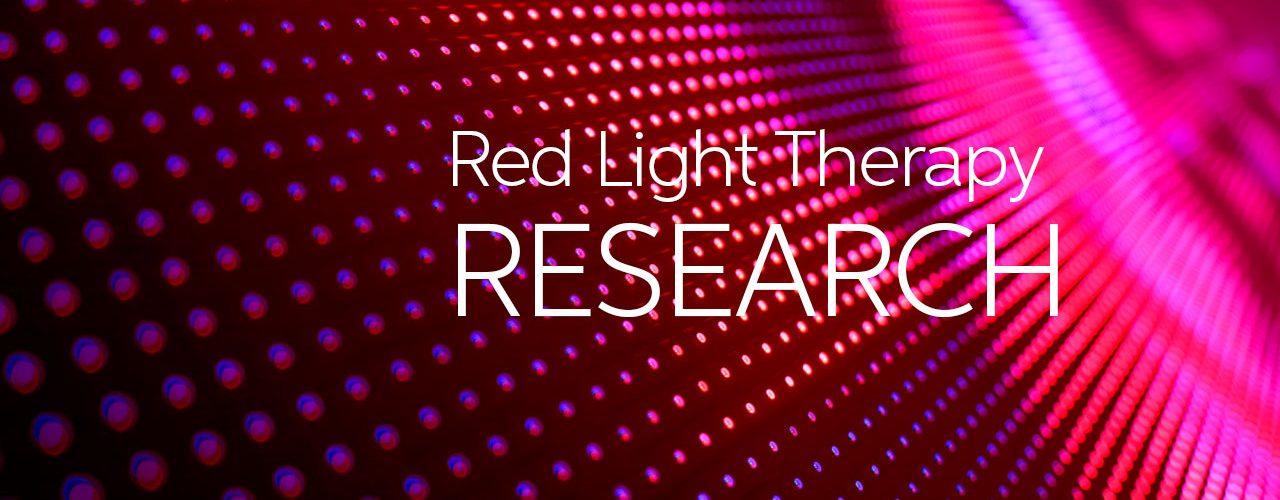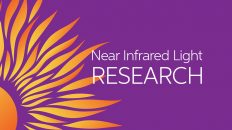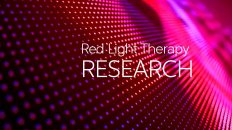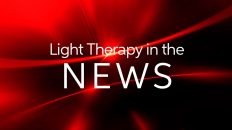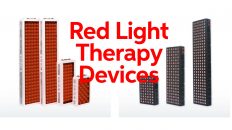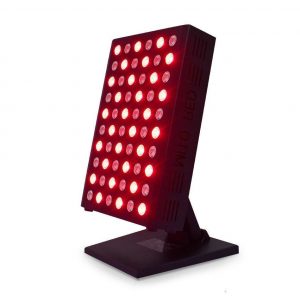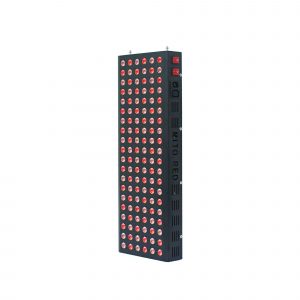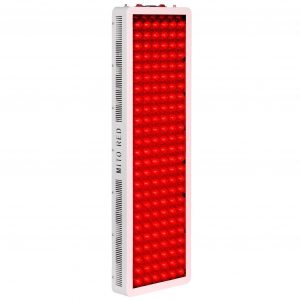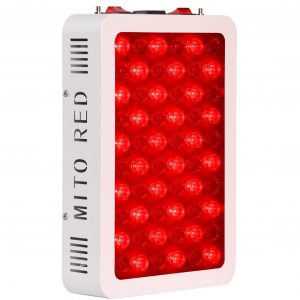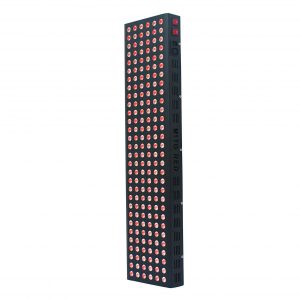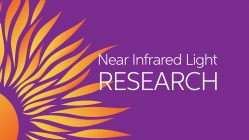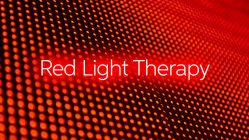Soon after the discovery of lasers in the 1960s it was realized that laser therapy had the potential to improve wound healing and reduce pain, inflammation and swelling. In recent years the field sometimes known as photobiomodulation has broadened to include light-emitting diodes and other light sources, and the range of wavelengths used now includes many in the red and near infrared.
The term “low level laser therapy” or LLLT has become widely recognized and implies the existence of the biphasic dose response or the Arndt-Schulz curve.
This review will cover the mechanisms of action of LLLT at a cellular and at a tissular level and will summarize the various light sources and principles of dosimetry that are employed in clinical practice.
The range of diseases, injuries, and conditions that can be benefited by LLLT will be summarized with an emphasis on those that have reported randomized controlled clinical trials. Serious life-threatening diseases such as stroke, heart attack, spinal cord injury, and traumatic brain injury may soon be amenable to LLLT therapy. . . .
Read Full Text:
https://www.ncbi.nlm.nih.gov/pmc/articles/PMC3288797/
SOURCE: US National Institute of Health’s National Library of Medicine
. . . A light-emitting diode (LED) is a semiconductor light source. Introduced as a practical electronic component in 1962 early LEDs emitted low-intensity red light, but modern versions are available across the visible, ultraviolet and infrared wavelengths, with very high brightness. When a light-emitting diode is forward biased (switched on), electrons are able to recombine with electron holes within the device, releasing energy in the form of photons. This effect is called electroluminescence and the color of the light (corresponding to the energy of the photon) is determined by the energy gap of the semiconductor. An LED is often small in area (less than 1 mm2), and integrated optical components may be used to shape its radiation pattern.78. . . .
. . .
CELLULAR AND TISSULAR MECHANISMS OF LLLT
The precise biochemical mechanism underlying the therapeutic effects of LLLT are not yet well-established. From observation, it appears that LLLT has a wide range of effects at the molecular, cellular, and tissular levels. In addition, its specific modes of action may vary among different applications. Within the cell, there is strong evidence to suggest that LLLT acts on the mitochondria27 to increase adenosine triphosphate (ATP) production,43 modulation of reactive oxygen species (ROS), and the induction of transcription factors.15 Several transcription factors are regulated by changes in cellular redox state. Among them redox factor-1 (Ref-1) dependent activator protein-1 (AP-1) (a heterodimer of c-Fos and c-Jun), nuclear factor kappa B (NF-κB), p53, activating transcription factor/cAMP-response element–binding protein (ATF/CREB), hypoxia-inducible factor (HIF)-1, and HIF-like factor.15 These transcription factors then cause protein synthesis that triggers further effects down-stream, such as increased cell proliferation and migration, modulation in the levels of cytokines, growth factors and inflammatory mediators, and increased tissue oxygenation.45 Figure 2 shows the proposed cellular and molecular mechanisms of LLLT.

Cellular mechanisms of LLLT. Schematic diagram showing the absorption of red or near infrared (NIR) light by specific cellular chromophores or photoacceptors localized in the mitochondrial. During this process in mitochondria respiration chain ATP production will increase, and reactive oxygen species (ROS) are generated; nitric oxide is released or generated. These cytosolic responses may in turn induce transcriptional changes via activation of transcription factors (e.g., NF-κB and AP1).
Immune cells, in particular, appear to be strongly affected by LLLT. Mast cells, which play a crucial role in the movement of leukocytes, are of considerable importance in inflammation. Specific wavelengths of light are able to trigger mast cell degranulation,22 which results in the release of the pro-inflammatory cytokine TNF-a from the cells.115 This leads to increased infiltration of the tissues by leukocytes. LLLT also enhances the proliferation, maturation, and motility of fibroblasts, and increases the production of basic fibroblast growth factor.31,67 Lymphocytes become activated and proliferate more rapidly, and epithelial cells become more motile, allowing wound sites to close more quickly. The ability of macrophages to act as phagocytes is also enhanced under the application of LLLT.
At the most basic level, LLLT acts by inducing a photochemical reaction in the cell, a process referred to as biostimulation or photobiomodulation. When a photon of light is absorbed by a chromophore in the treated cells, an electron in the chromophore can become excited and jump from a low-energy orbit to a higher-energy orbit.42,108 This stored energy can then be used by the system to perform various cellular tasks. There are several pieces of evidence that point to a chromophore within mitochondria being the initial target of LLLT. Radiation of tissue with light causes an increase in mitochondrial products such as ATP, NADH, protein, and RNA,83 as well as a reciprocal augmentation in oxygen consumption, and various in vitro experiments have confirmed that cellular respiration is upregulated when mitochondria are exposed to an HeNe laser or other forms of illumination.
The relevant chromophore can be identified by matching the action spectra for the biological response to light in the NIR range to the absorption spectra of the four membrane-bound complexes identified in mitochondria.42 This procedure indicates that complex IV, also known as cytochrome c oxidase (CCO), is the crucial chromophore in the cellular response to LLLT.44 CCO is a large transmembrane protein complex, consisting of two copper centers and two heme–iron centers, which is a component of the respiratory electron transport chain.10 The electron transport chain passes high-energy electrons from electron carriers through a series of transmembrane complexes (including CCO) to the final electron acceptor, generating a proton gradient that is used to produce ATP. Thus, the application of light directly influences ATP production by affecting one of the transmembrane complexes in the chain: in particular, LLLT results in increased ATP production and electron transport.47,84 . . . .
. . . LLLT is used for three main purposes: to promote wound healing, tissue repair, and the prevention of tissue death; to relieve inflammation and edema because of injuries or chronic diseases; and as an analgesic and a treatment for other neurological problems. These applications appear in a wide range of clinical settings, ranging from dentistry, to dermatology, to rheumatology and physiotherapy. . . .

